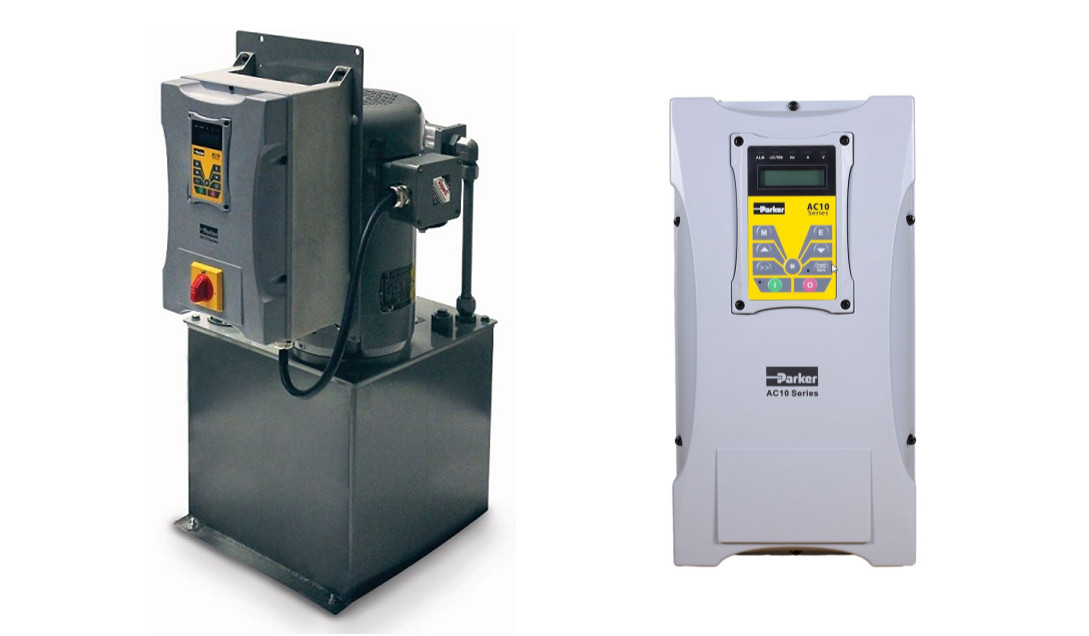Parker Releases New Drive Controlled Power Units
MARYSVILLE, OH - The Hydraulic Pump and Power Systems Division of Parker Hannifin, is pleased to announce the release of the Drive Controlled Pump (DCP) option for H-Pak power units. The new option is available for order today.
The DCP option couples an AC10 drive from Parker's SSD division with an H-Pak power unit, providing a simple solution for variable speed energy savings. Delivered completely assembled and factory tested, the DCP H-Pak comes with five different preconfigured options.
The DCP H-Pak addresses issues of inefficient energy use and helps in meeting increasingly strict environmental regulations. Durable and efficient, DCP power units perform well in applications with long dwell times. They are ideal for a diverse range of applications.
Benefits
- Dramatic Energy Savings
- Lower Operating Temperatures
- Longer Component Life
- Enhanced Efficiency
- Reduced Noise Levels
- Improved Equipment Costs
H-Pak 10-40 Gallon Power Unit Webpage
AC-10 Webpage
AC-10 IP66 Webpage

Reliability & Energy Savings
1. Parker’s DCP Pak saves energy and improves reliability compared to units that use normal motor starters.
2. If rush current is eliminated, the unit reduces power consumption and wear on the motor and couplings.
3. The unit’s operation can be set to match the system demand, resulting in less power consumption.
4. Less heat generation improves component and oil life.
5. Most applications run at least part time below 1800 RPM, resulting in quieter operation.
6. Less running time at max RPM improves component life, especially for the pump and motor.
7. A constant 95% power factor results in more efficient use of the electric motor, especially on larger motors that are only partially loaded and aren’t controlled by an inverter.
8. The unit has the ability to start and stop the motor as often as necessary without damaging the motor. This results in less wear and tear on the pump/motor coupling and reduced power consumption due to reduced in-rush current.